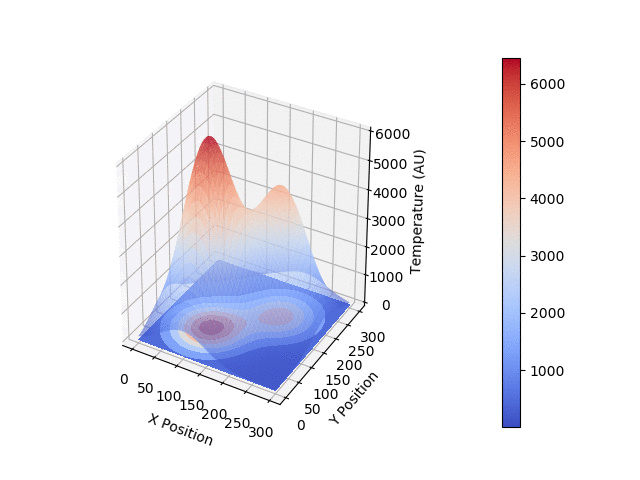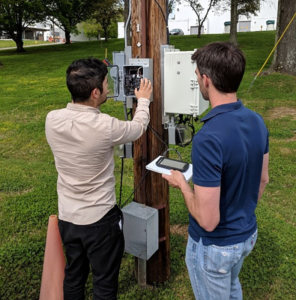The Complexity Science for Nuclear Security team is currently using multi-source data analytics for nuclear nonproliferation applications. In the absence of direct detection of highly specific nuclear materials, indirect evidence must be used to understand the activities at both declared and undeclared nuclear facilities. Distributed sensor networks provide important information to inform such assessments.

Our goal is to collect multimodal data and develop algorithms for integration of disparate data types to identify “useful” patterns related to the nuclear fuel cycle. We are currently using machine learning tools to classify operational status at nuclear facilities as well as to identify patterns related and relevant to operations phenomena. Such patterns include indirect life cycles such as traffic patterns, movement of large vehicles, and human presence in and around facilities of interest. We are currently testing various mathematically motivated techniques, such as neural networks, for our classification efforts.

Another one of our goals is to create models that are transferable between nuclear facilities with different purposes. While have been collecting data from more than one type of facility, we will continue to update the sensor hardware to include new modalities and expand our data collection campaigns to various types of facilities.


